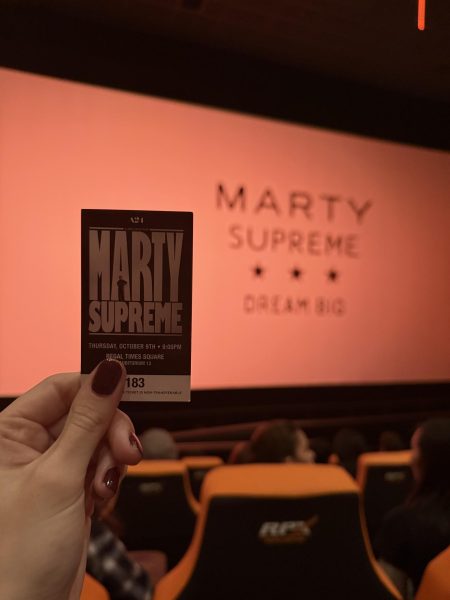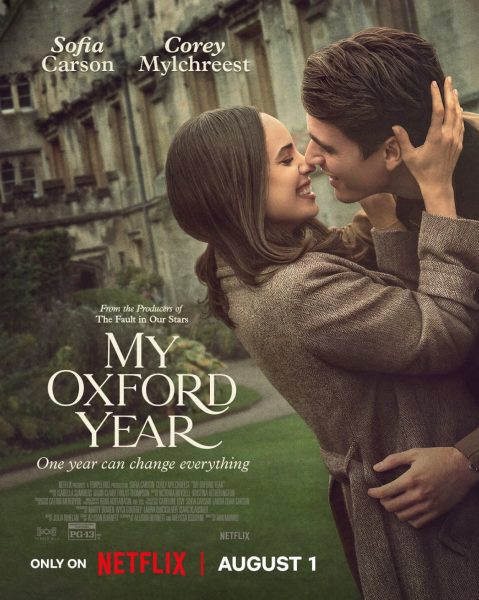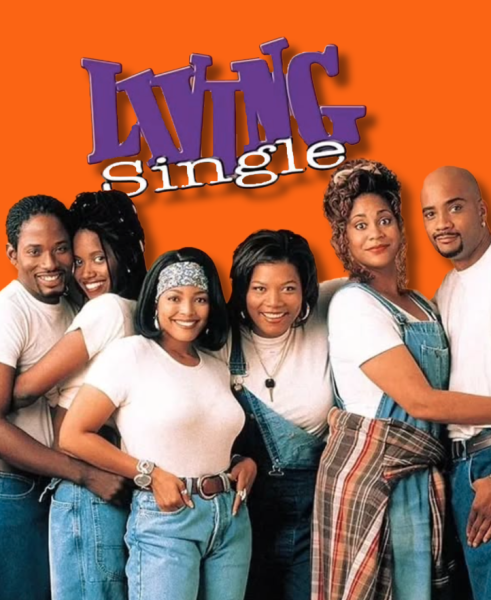One Theater, One Screen, 71 Years: Goodbye Paris Theater
After months of uncertainty, New York City’s last single-screen movie theater closed its doors Wednesday Aug 28. The Paris Theater, located on West 58th Street in Midtown, posted a simple notice of closure on the front door as a goodbye, stating:
“Unfortunately, our lease has ended and the Paris Theater is now closed.
We would like to extend our sincere appreciation to all our guests over the years. Thank you for your patronage, and we regret that we cannot continue to serve you. Sincerely, Cinema Management.”
Not far from the edge of Central Park, the Paris opened in Sept. 1948. Marlene Dietrich cut the ribbon, and the Ambassador to France watched. The theater was open for almost 71 years and underwent three changes in ownership.
During this time, it screened hours of film for many eager spectators: foreign tourists, student-cinephiles, old couples reliving the movies of their youth to lonely city-dwellers who popped in after expensive dinners. All visitors were greeted by the distinctive blue velvet walls of its auditorium; they could sit in one of 421 seats on the main floor or one of 150 on the balcony.
The Paris was a dying breed of an already endangered species in the movie theater: the single-screen cinema. At the advent of motion picture showing, the single-screen cinema (exactly what the name suggests) was typical of the movie theater complex. Film, which is still in its infancy, closely modeled itself after the traditional theater, right down to its mode of presentation. Audiences would go to see a performance of Shakespeare and would pile into large auditoriums to watch actors on a single stage.
Film conceived itself in the same way — the only difference being that the audience was now watching a screen rather than a stage. Smaller ‘nickelodeons’ (admission cost a nickel) were the first kinds of movie theaters, catering to a working-class city and townsfolk looking for cheap means of entertainment and relaxation off the job.
Gradually, as the movies gained prestige as both an art form and a pastime, the theaters became bigger and more luxurious. Wall Street began to take notice — the movies got money behind them. Theaters grew seat hundreds, even in excess of a thousand spectators.
The Paris was one such large-scale theater, although it was created decades after movies first entered the upper-class vogue. It was born in that strange middle chapter of American cinematic history where the movies had become a common interest of people from all sorts of occupations and backgrounds, but still years before the creation of present-day staples of moviegoing, such as the blockbuster film and the multiplex. It was unique in terms of the vision it had of its audience.
The Paris was opened with the idea of specifically catering to Manhattan’s upper middle-class residents, generally middle-aged, ‘aristocratic’ in their bearings and typically female. It originally specialized in foreign films, first French, later British but always the sort that could be classified as art house. For many years leading up to its closure, it was one of the few reminders of the once-vibrant foreign-language and independent film scene present in Midtown and the Upper East Side, a scene that has today been both reduced and relocated, to mostly downtown venues. The loss of the Paris is a loss felt by many longtime residents and art-house film lovers.
The landlord behind the Paris’ closure, Sheldon Solow, has yet to comment on the closure of the theater and has also remained silent about the simultaneous closure of the Beekman Theater on 2nd Avenue, another tenant of his.
The loss of the Paris speaks to changes in the very way that movies are made, shown, and consumed in today’s industry.
Movie theaters, already damaged by the sudden prominence of streaming services and increasingly portable means of screening, often have little choice but to rely on the multiplex model, playing a number of films that fit within the theater’s policy (blockbuster or art-house, &etc.) with hopes that the combined total can sustain business. Even the rich cultural history and unique flavor offered by venues such as the Paris, are not enough to support these single-stream theaters of the past.
The day might soon come where the only indications of this once-proud practice of movie showing are in the history books and well-preserved museums.
At least with the Paris, one can take a strange kind of hope in knowing that it has seen this all before. Decades earlier the theater closed after the expiration of its 20 year lease in Aug 1990. A management change later and it reopened to screen films for the next three decades.
Maybe they can pull it off again.
.
By: Alex Dickison










































































































































































































